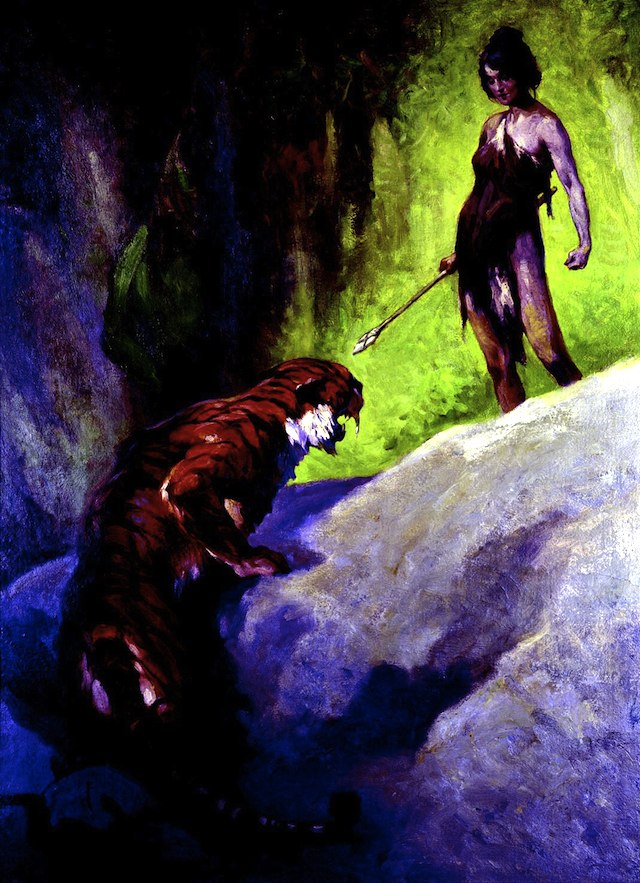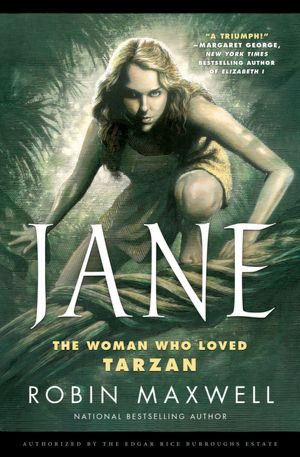When I was growing up in the 60s, of all the characters I watched breathlessly on late night TV, I was most envious of Tarzan’s beloved Jane (from the 1930s feature films starring Johnny Weissmuller and Maureen O’Sullivan). I was also intrigued by Sheena: Queen of the Jungle, starring the leggy blonde Irish McCalla who had her own TV series and ruled her domain without a man.
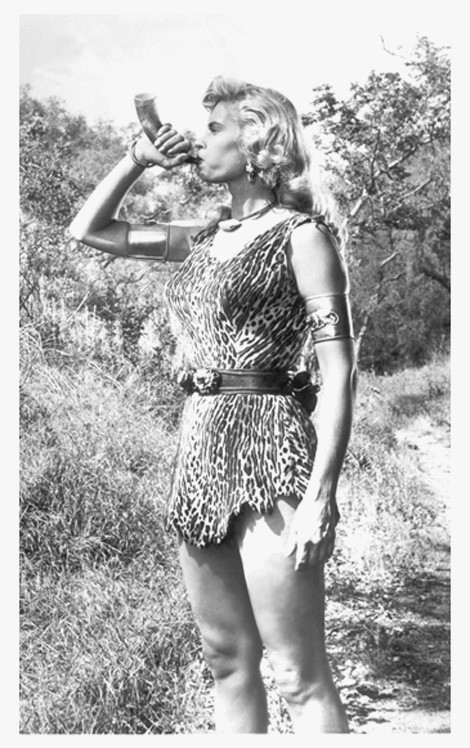 But while Sheena had a better outfit—a seductive little leopard skin number, gold upper-arm bracelet, spear, and that curved horn she’d blow in times of danger, Jane had a full-blown romance in paradise with the hunky (if dumb) Tarzan. So what if she stood—as actresses did in those days—in a sophisticated slouch with hands on hips and was somehow a cosmopolitan lady underneath it all? And who cared that after a scintillating start with her revealing two-piece outfit and a four-minute-long fully nude swimming sequence with Tarzan her tog became a high-necked, brown leather housedress?
But while Sheena had a better outfit—a seductive little leopard skin number, gold upper-arm bracelet, spear, and that curved horn she’d blow in times of danger, Jane had a full-blown romance in paradise with the hunky (if dumb) Tarzan. So what if she stood—as actresses did in those days—in a sophisticated slouch with hands on hips and was somehow a cosmopolitan lady underneath it all? And who cared that after a scintillating start with her revealing two-piece outfit and a four-minute-long fully nude swimming sequence with Tarzan her tog became a high-necked, brown leather housedress?
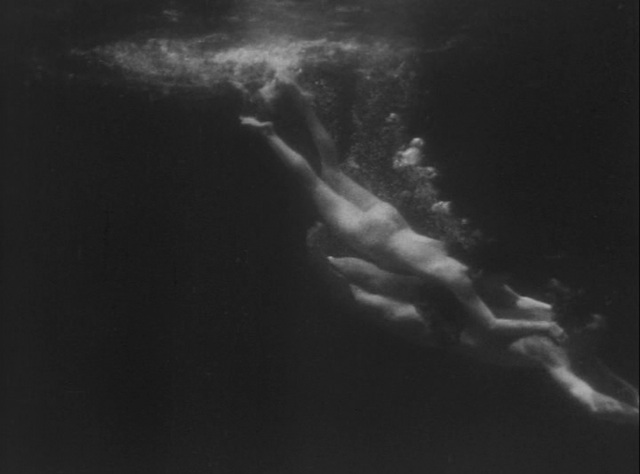
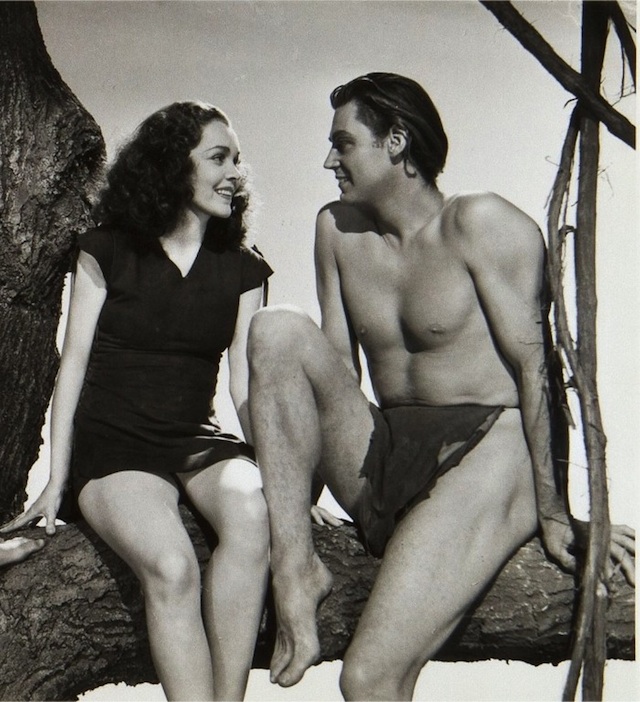
It was all right. The movie-Jane still lived a wild, unfettered life, cavorting with wild animal friends, chasing through one hair-raising adventure after another, and (gasp!) living in sin with a half-naked Adonis.
This was the extent of my girlish jungle fantasy. As I grew into adulthood no other Tarzan movies were remotely satisfying. The one I waited for breathlessly in 1984 (Greystoke: The Legend of Tarzan, Lord of the Apes) was the greatest disappointment of them all. This Jane, a delicate, corseted Victorian lady, made her entrance fully halfway through the movie and never put a single toe in Tarzan’s jungle. Sacrilege! All the others were forgettable (or like John and Bo Derek’s Tarzan the Ape Man, downright awful). By the time of Disney’s animated version and its live action Tarzan spoof, George of the Jungle, were released, I was too old too care.
Or so I thought.
When the idea of a Tarzan story from Jane’s point of view popped unbidden into my head three years ago, I hadn’t had a single thought about the wild couple in three decades. But the concept hit me hard, then haunted me unceasingly until I took action.
I began by reading the Edgar Rice Burroughs books in which Jane appeared (eight of the twenty-four, sometimes as only a minor character). I had decided to base my novel primarily on the first in his series, Tarzan of the Apes, as it dealt with the series’ most iconic issues: the feral boy’s backstory; how his lordly English parents came to be marooned on a West African beach; the tribe of talking apes that raised him; his first meeting with Jane, and the foundation of their love affair.
I admit to being shocked and dismayed by ERB’s characterization of Jane Porter in that first book. She was quite the “Baltimore Belle,” as Alan Hanson wrote in an extensive and erudite essay about Jane’s evolution throughout the novels in which she appeared. She had come to Africa with a treasure hunting party, accompanying her father and attended by her maid, Esmeralda.
Here Jane was a wide-eyed, swooning girl, and though she did have one flash of courage in the book—shooting at a lion about to attack—it was followed immediately by Miss Porter fainting dead away.
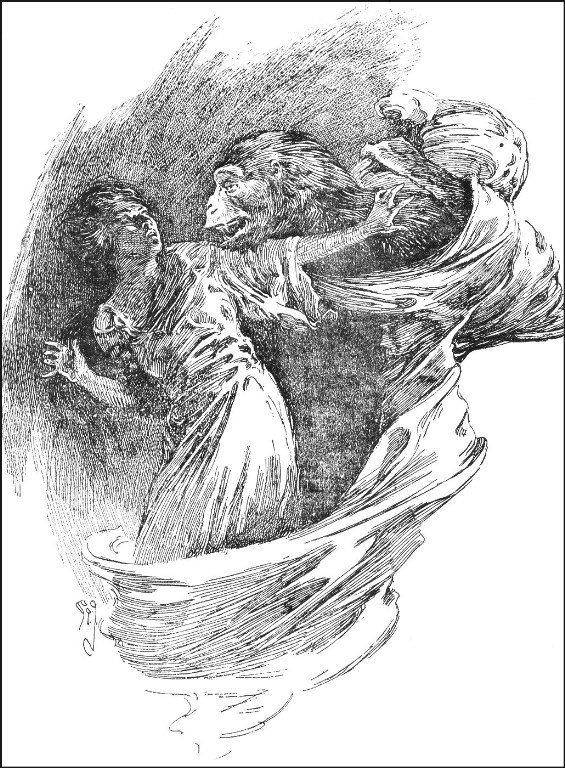
Her meetings with Tarzan were all too brief, with few words spoken, and the wild man falling instantly in love with her. This young man brought up from the age of one by “anthropoid apes” somehow knew how to kiss Jane on her upturned lips and even wrote her a love note. Eventually, through misunderstandings and twists of fate worthy of Shakespeare, Jane sailed out of Tarzan’s life, leaving him love-struck and forlorn. The ending of Tarzan of the Apes was, to my mind, wholly unsatisfying. It had Tarzan driving an automobile around the American Midwest and saving Jane from a forest fire, then leaving for Africa after giving her up to marry another man for some unfathomable reason, ostensibly “nobility of spirit.”
I learned that Burroughs had been more than a little ambivalent about the female character he had created. While he’d used Jane as the linchpin of the first book, and as a civilizing influence on Tarzan in a couple more (eventually having them marry, making her “Lady Greystoke”) the author actually killed her off in Tarzan the Untamed. Says ERB in a letter to a friend: “…I left Jane dead up to the last gasp and then my publisher and the magazine editor rose up on their hind legs and roared. They said the public would not stand for it…so I had to resurrect the dear lady.”
He all but ignored her for eight more novels before returning Jane to the series, finally painting her as a strong, courageous woman adept at “woodcraft” and weapon-making, and capable of surviving alone in the jungle. By Tarzan the Terrible (1921) she thinks as she walk alone and abandoned in the forest, “The parade of cities, the comforts and luxuries of civilization, held forth no allure half as insistent as the glorious freedom of the jungle.”
I was determined that Jane reach this elevated state by the end of my stand-alone novel. And since this was meant to be story from her perspective, I needed to spend sufficient time illuminating her upbringing, circumstances and character before letting her embark on her African adventure. Considering she was an Edwardian girl brought up in an English society stultifying for most females, I gave her a head start—a father who moved mountains to provide his daughter with not just an education, but a vocation: paleoanthropology.
I established Jane as a tomboy and outspoken, rule-breaking, free-thinking “New Woman.” She was an equestrian, proficient archer and skeet shooter, a young lady with big dreams based on the exploits of her personal heroines—outrageous women explorers and adventurers like Mary Kingsley, Annie Smith Peck and Lady Jane Digby. Though a spinster at twenty, my Jane was not immune to lustful daydreams and even experimentation. I felt these traits would allow for modern readers, particularly intelligent female fiction readers, to relate to a protagonist who lived a hundred years ago; make believable the extraordinarily radical shift in her character that was about to occur.
I wanted more than anything a story that bespoke of equality between the sexes. It was vital to me that if Tarzan saved Jane, then Jane would in a different but equally important way, save Tarzan. They would serve as each other’s teachers. The ape man’s character arc would be as sweeping and dramatic as Jane’s. The pair, by the end of my book, would be “fit mates” for one another.
To be fair, I had an advantage over both Sheena and Maureen O’Sullivan’s Jane. I had a brilliantly detailed, exotic world into which I could set my protagonist down and a boyfriend for her like no other, whose own unique history had been crafted by a master storyteller, and generous permission and authorization to change it at my discretion.
It was a posthumous gift given me by the late, great Edgar Rice Burroughs. I can only hope that he would approve.
Follow Robin Maxwell’s Tarzan articles here.
Robin Maxwell is the author of Jane: The Woman Who Loved Tarzan. It is the first Tarzan classic ever written by a woman and the first from Jane’s point of view. Coinciding with the Tarzan Centennial Year, it is fully authorized by the estate of Edgar Rice Burroughs.










